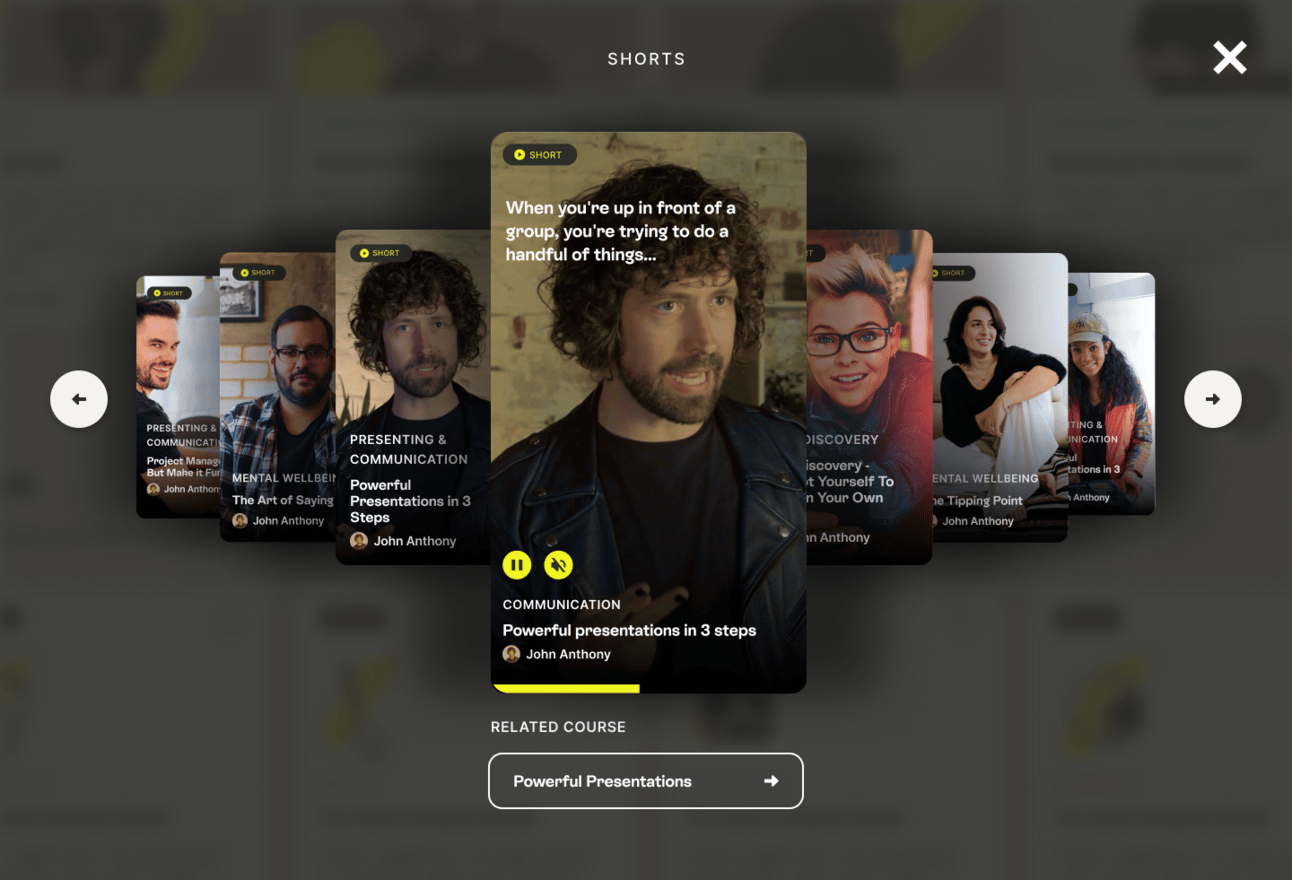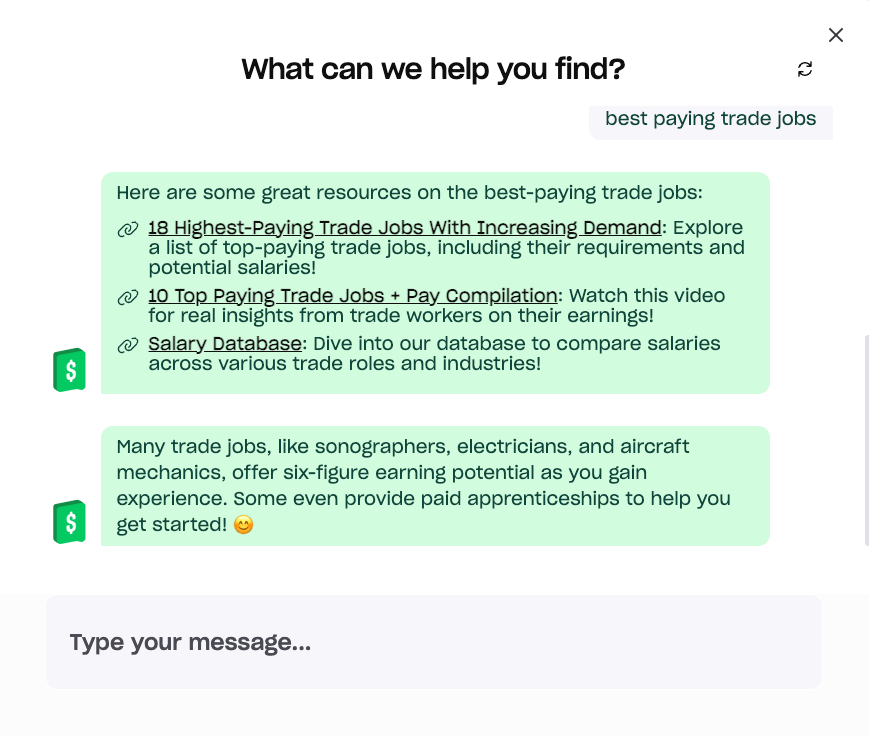
Your content graveyard is actually a goldmine
We keep meeting creators who want to find ways to generate more value…without constantly needing to make new things. And are convinced that back catalogs of content are a great opportunity to help.
These are creators like:
- A beauty creator with 300 YouTube videos where only the most recent 10 are still getting any meaningful views.
- A business coach with 4 years of Instagram posts that new followers will never scroll back to find.
- A communication expert with hundreds of TikToks that never made it to a core fan’s FYP.
The worst part? That "dead" content often contains some of their best insights, most helpful tutorials, and strongest examples. It's not that the content got worse; it's that platforms prioritize recency and algorithms change.
But what if instead of letting that content fade into irrelevance, you could make it work harder for you?
Here’s how 👇🏻
Step 1: Curate, cut, chop
The first step in this whole idea is simple but requires some manual work (or AI assistance): identify your most valuable content and make it easier to find and consume.
Here's how I’d do it: Go through your long-form content and pull out the specific, actionable segments that could stand alone. These don't need to be crafted for virality or performance; they just need to be useful.
For example, a filmmaker might have a 20-minute YouTube video about cinematography that includes 3 minutes of gold on lighting techniques, and another 90 seconds on framing a shot. Instead of hoping people will find and watch the full video, extract those segments
Do that for all your old long form content, and you’ll have a bunch of buckets of similar types of content.
Step 2: Redistribute strategically
Once you've identified your valuable content buckets, there are two smart ways we’ve been working with creators to redistribute them:
Micro collections as lead magnets or bonuses:
Bundle related short-form content into themed collections. These work perfectly as email capture incentives or bonuses for digital products.
Back to our filmmaker example: instead of having lighting tips scattered across dozens of videos, create a "5-Minute Lighting Masterclass" collection. Visitors can access it in exchange for their email address, or paying customers get it as a bonus with their course purchase.
Filterable, searchable libraries:
For creators with custom membership platforms (like the ones we’ve been building, cough cough), this is where it gets pretty exciting.
Build content libraries where users can filter and search your short-form content based on their specific needs and available time.
tyllr, a management training platform for Gen Z, has nailed this approach. They've created a curated, filterable short-form content feed where users can quickly find exactly what they need based on their specific management challenges and time constraints. Instead of hoping members will stumble across the right training video, they can filter content by topic, length, and skill level.
This transforms your content from something people have to hunt for into something that serves them when they need it most.

Bonus Step 3: AI-powered content navigation
This is where we're seeing some of the most exciting use cases lately. AI chatbots trained specifically on a tailored database of your content can become incredibly powerful tools for helping people find exactly what they need.
We're currently working with Hannah Williams from Salary Transparent Street to implement an AI search function on her website. Hannah has built an incredible library of salary negotiation advice, workplace insights, and career resources over the years, but with so much valuable content, it can be challenging for visitors to find exactly what they need when they need it.
Here's how it works: when someone visits her site and asks "How do I negotiate a raise when my company says there's a hiring freeze?", the AI can instantly surface 2-3 specific pieces of Hannah's existing content that directly address that scenario.

The magic isn't that the AI creates new answers (and tbh, we put in a lot of work to ensure the AI doesn’t start spitting out hallucinated garbage); it's that it makes existing expertise instantly accessible and searchable in natural language.
So why does this even matter?
Platform algorithms are gearing more and more to showing content by interest graph vs. to your followers. And creator burnout from the pressure to constantly produce new content is real.
But here's what most creators are missing: you probably already have enough valuable content to serve your audience for months, maybe years. You don’t always have to be creating more…you can make what you have work harder.
Instead of always cooking new meals, what if you got better at making some bangin’ leftovers?
Now, we are not suggesting you stop creating new content, so don’t come at us.
But we're suggesting that you could probably get 10x more value from your existing content catalog with the right systems in place.
We think the creators who figure this out have a significant advantage. While everyone else is burning out trying to feed the content machine every day, they'll be building systems that make their past work continuously valuable.



















